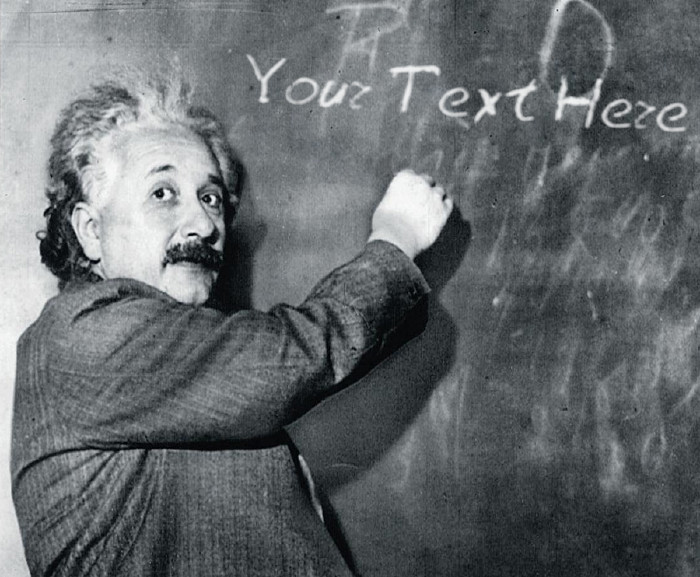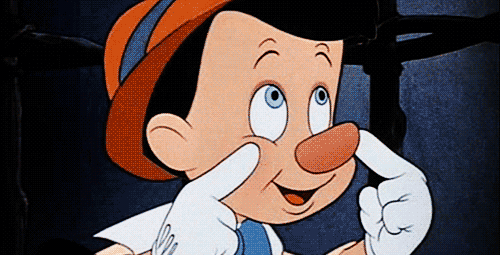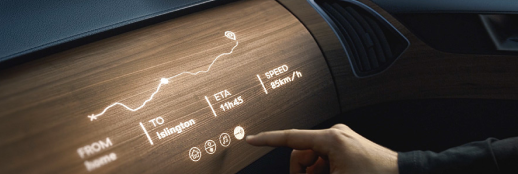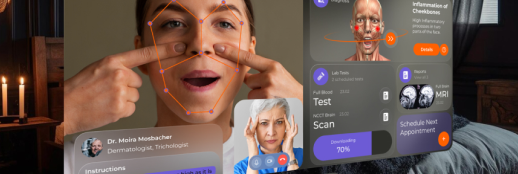In our previous article, we wrote on the importance of the Culture of Experimentation in growth-minded companies, and how we encourage companies to introduce experimentation and design methods to bring innovation into their organizations.
Today we would like to share our thoughts on how to ensure the experimentation is introduced not just for the sake of experimenting but as a meaningful and fruitful endeavour. Creating a growth-focused mindset and bringing right people on board is a one thing. Ensuring the process is not wasted is an other.
Here are the key elements we focus on at Unravel to ensure our clients receive a valuable experimentation process.
Be rigorous.
There is a famous Einstein misquote – "I Would Spend 55 Minutes Defining the Problem, and then Five Minutes Solving It". And despite the research being quite conclusive that the actual quote does not belong to Einstein, the thought contained within it is substantial enough to make it worth remembering. A well-defined problem often contains its solution. Sometimes a solution is revealed that is quite obvious and insightful.

We often find that companies struggle to be rigorous when it comes to defining the problem and how to measure success. Therefore, it is vital ensure you have a good understanding of exactly what the problem is and what it isn't. Spending time running a rigorous investigative process (using, for example, techniques such as "5 Whys") is one of the best recipes for defining areas for improvement.
Be specific
A well-defined problem should contain a specific metric that is falling behind to expected standards. Yet there are situations where a defined problem can have a somewhat elusive metric. An example? Can you put down a metric on the value of your user engagement? How can you tell if the product your developing is being innovative enough?
Design methods help you break down the problem into specific areas, that then can be measured in the experimentation process. When we were approached by KOZHYA to perform an "Exploration Workshop" for a "next-gen beauty care" product, we identified the need to nurture user engagement as a priority. We found that rewarding users with knowledge on improving the skin treatment process and individual health benefits enriches the user experience and increases the perceived value of the whole product. To achieve this, we stepped away from typical sales & marketing metrics, like the number of treatment purchases or number of ads displayed through push notifications. The indicators we identified as far more significant in achieving KOZHYA's "beauty-coach" experience were centred around metrics and interactions, that make the customer feel well looked after and appreciated.
Those were:
- Measuring tutorial replays and pauses - to better understand if the lessons are coherent
- Considering options to hide tutorials after multiple "Skips" - respecting users time and experience
- In app "short polls" - for instant feedback and treatment adaptation
- Endorsing messaging - helping users better appreciated the effort made for their skin-health
With the overall goal of creating a user experience that could be summarised as helpful and convenient. What is important, that all above goals can be measured and thus could be chosen as specific experimentation goals. With the advancement of modern technology even such ambiguous 'metric' as messaging can be measured with the help of Watson Tone Analyzer.
Being specific when defining a measured metric and tracking the progress of that metric is a critical element of performing a meaningful experimentation process. Not only does it give your team the data to measure progress against, but it also allows your team to focus on experimenting in the specific areas of your product or service.
And in most of the cases, being specific is the only way to determine if your experiment is working in the first place.
Be respectful
Time is probably the most valuable resource your company can have. Investing time in an idea you’re uncertain of is quite a risky endeavour, so you might want to have as much control over your "time expenditure" as possible. Your design team will likely explore new ideas and areas of innovation as they pop-up during the discovery process. It is part of every creative experiment; however, sometimes it might be a bit too time consuming and too distracting.
One of our preferred methods of approaching a new business challenge is processing it through a Design Sprint workshop - the quickest and most ‘straight to the point’ design methodology available. Quickest only if you respect the time constraints it imposes. You want to be able to learn as quickly as possible and "battle test" your insights even quicker. What we learnt is that rapid testing your theory is always more beneficial than letting the idea sit for a day or two. However, to make it work, you must respect the strict five-day Design Sprint rules.
This rapid-experimentation formula is what we at Unravel love the Design Sprint for, and an element that has helped many of our clients accelerate their MVP discovery and execution. The Design Sprint, significantly it's recently updated four-day version, is a guaranteed problem-solving recipe. But only if you respect the formula, and it's strict four-day agenda.
Be Fair
And lastly, a one rule that is most likely to spoil even a well-prepared experiment if ignored, is the lack of courage to be fair. You must be honest in the way you present your company, as trying to look nice, and present your company in a better light than reality, will be the first thing that stops you improving. This is more likely to happen than one would think. However, an experiment with tampered results is just a thesis without proof.

For us, being fair in the experiment ensures the test group is not cherry-picked from company staff members, but from a group of clients who will eventually end up using the developed product. Such a group is a source of valuable feedback and is often most frank about which elements of your experiment failed and what to improve upon.
It would be great if the above four rules could be turned into a four letter acronym, but I'm afraid RSRF would not get as far, so instead, we try to bake-in the above four rules into our company culture. This way people intuitively approach to new experiments with the aforementioned values in heart, rather than with a ready-to-experiment recipe in hand.
The above four values help us discover valuable insights while performing experiments for our clients, and should be used by any company looking to perform experiments in their near future. If you wish to read more on Unravel's approach to experimentation, do check out our blog, where you can find articles on Experimentation Culture and Experimentation Flow.

.jpg)


